In any event, owls have superior vision, regardless whether they are night or day owls. Their eyes are very large to allow more light to get through, which is especially beneficial for the nocturnal species as it helps them see well in the dark. The eyes are also face forward which we associate with the "wise owl" look. However, their eyes are stationary and they can only see straight ahead of them, with only a 70 degree binocular range (seeing an object with both eyes). In comparison, humans have a 140 degree binocular range. Therefore, for owls to see the sides, they must move their whole head. That accounts for their awesome ability to turn their heads around up to 270 degrees, and up to 90 degrees up and down.
Saturday, November 1, 2014
Owls Light the Way
Well, summer vacation is over, school has resumed, and the days are getting shorter. Soon we’ll be driving home from work in the dark, or close to it, and turning house lights on much sooner. However, for the majority of the owls species, shorter days are not a problem, being that they are mostly nocturnal. These birds of prey hunt deep in the night and are seldom, if ever, seen during the day. If you do, it could be because it was chased out of its roost, or the poor thing is starving. There is an exception, some nocturnal owls might be seen during cloudy days. Now, for some other owl species, hunting time may began a little earlier or end later, and you could spot them at dawn or dusk.
In any event, owls have superior vision, regardless whether they are night or day owls. Their eyes are very large to allow more light to get through, which is especially beneficial for the nocturnal species as it helps them see well in the dark. The eyes are also face forward which we associate with the "wise owl" look. However, their eyes are stationary and they can only see straight ahead of them, with only a 70 degree binocular range (seeing an object with both eyes). In comparison, humans have a 140 degree binocular range. Therefore, for owls to see the sides, they must move their whole head. That accounts for their awesome ability to turn their heads around up to 270 degrees, and up to 90 degrees up and down.
Owls have three eyelids: an upper and lower lid, and a third one called a nictitating membrane, which is used to clean and protect the eye. One interesting fact about owl eyes is that they are not 'eye balls' as we know it, but elongated tubes. The anatomy of the owl eyes makes it very sensitive to light and movement, but colors are limited and are mostly in monochrome. Nevertheless, some owls see better than humans in daylight, as well as, in bright light. So, unlike humans, owls don't need light to get around in the dark. They don't ever have to worry about running into a door, or, stumping their toe on a chair, or stepping on the cat's tail like we do. Luckily for us, lamps and nightlights are readily available and, if designed with owls, then all the better!
In any event, owls have superior vision, regardless whether they are night or day owls. Their eyes are very large to allow more light to get through, which is especially beneficial for the nocturnal species as it helps them see well in the dark. The eyes are also face forward which we associate with the "wise owl" look. However, their eyes are stationary and they can only see straight ahead of them, with only a 70 degree binocular range (seeing an object with both eyes). In comparison, humans have a 140 degree binocular range. Therefore, for owls to see the sides, they must move their whole head. That accounts for their awesome ability to turn their heads around up to 270 degrees, and up to 90 degrees up and down.
Subscribe to:
Post Comments (Atom)

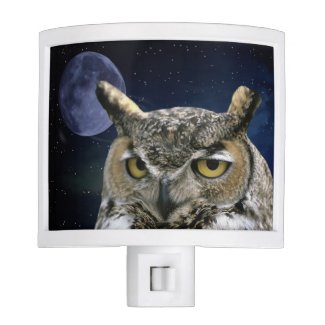


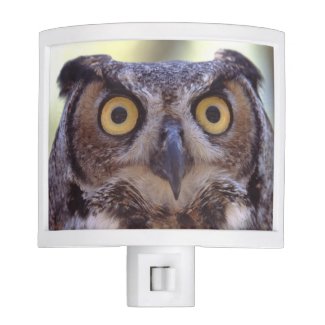
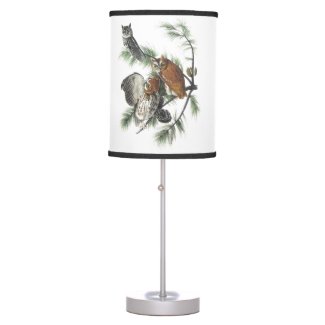
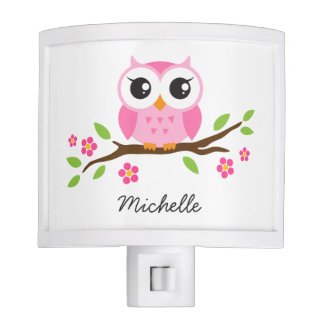
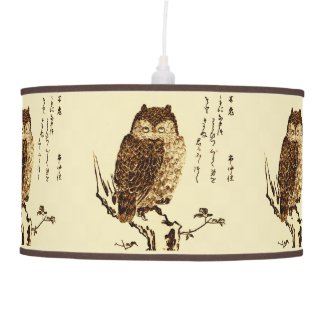



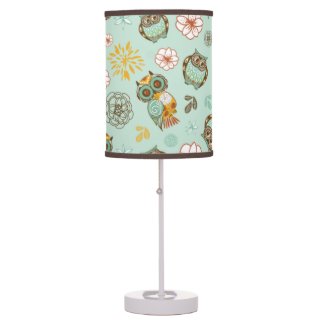

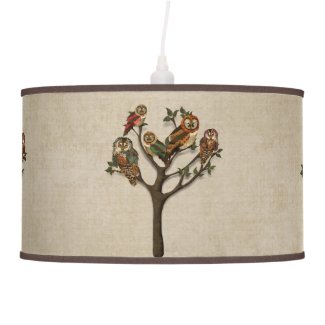
No comments:
Post a Comment